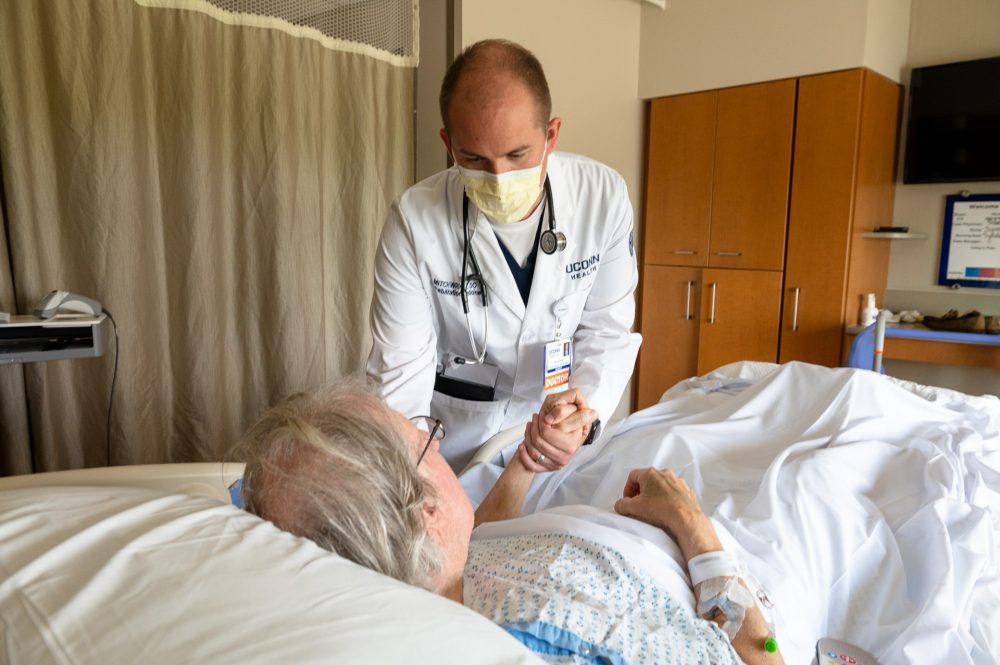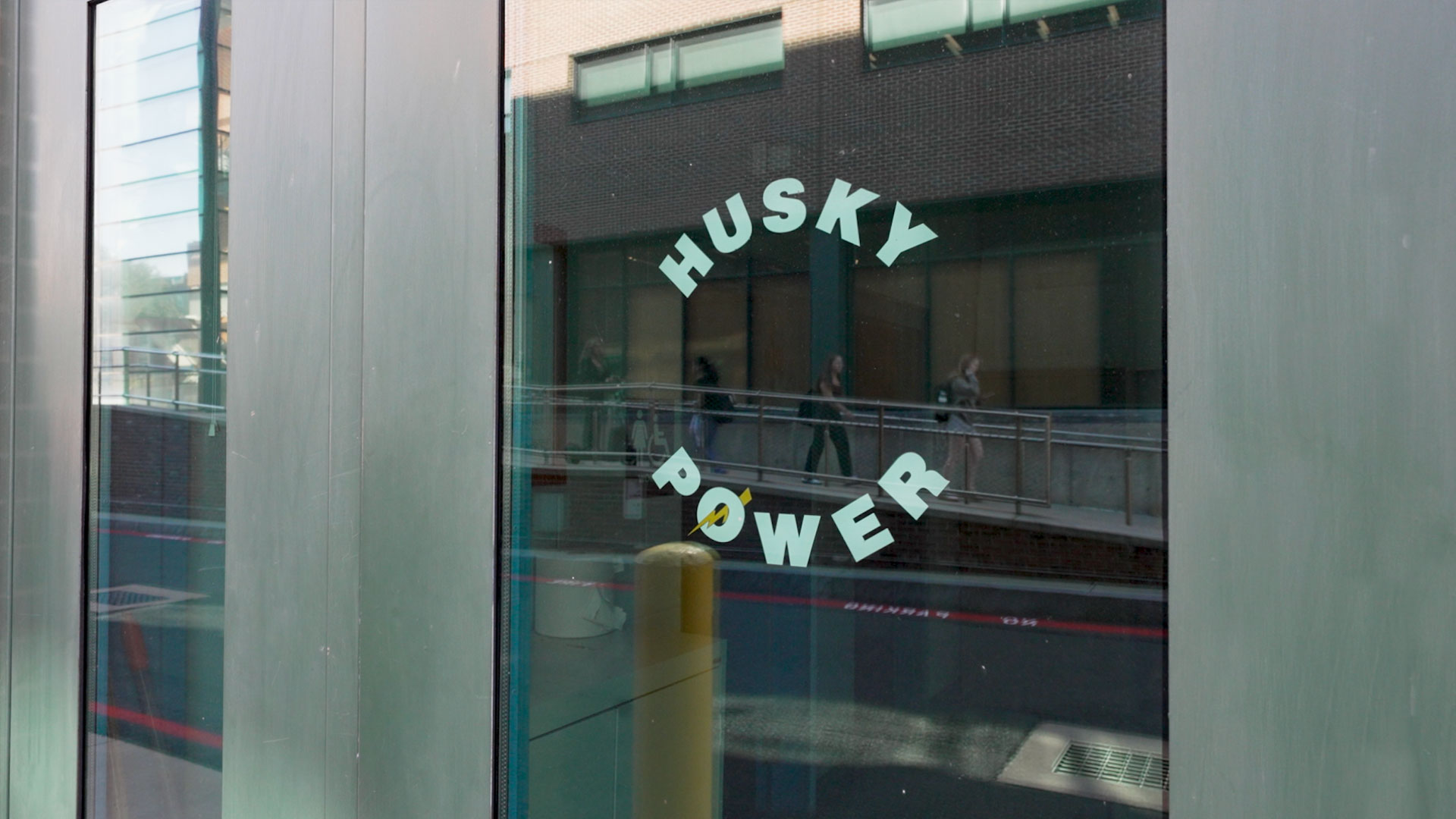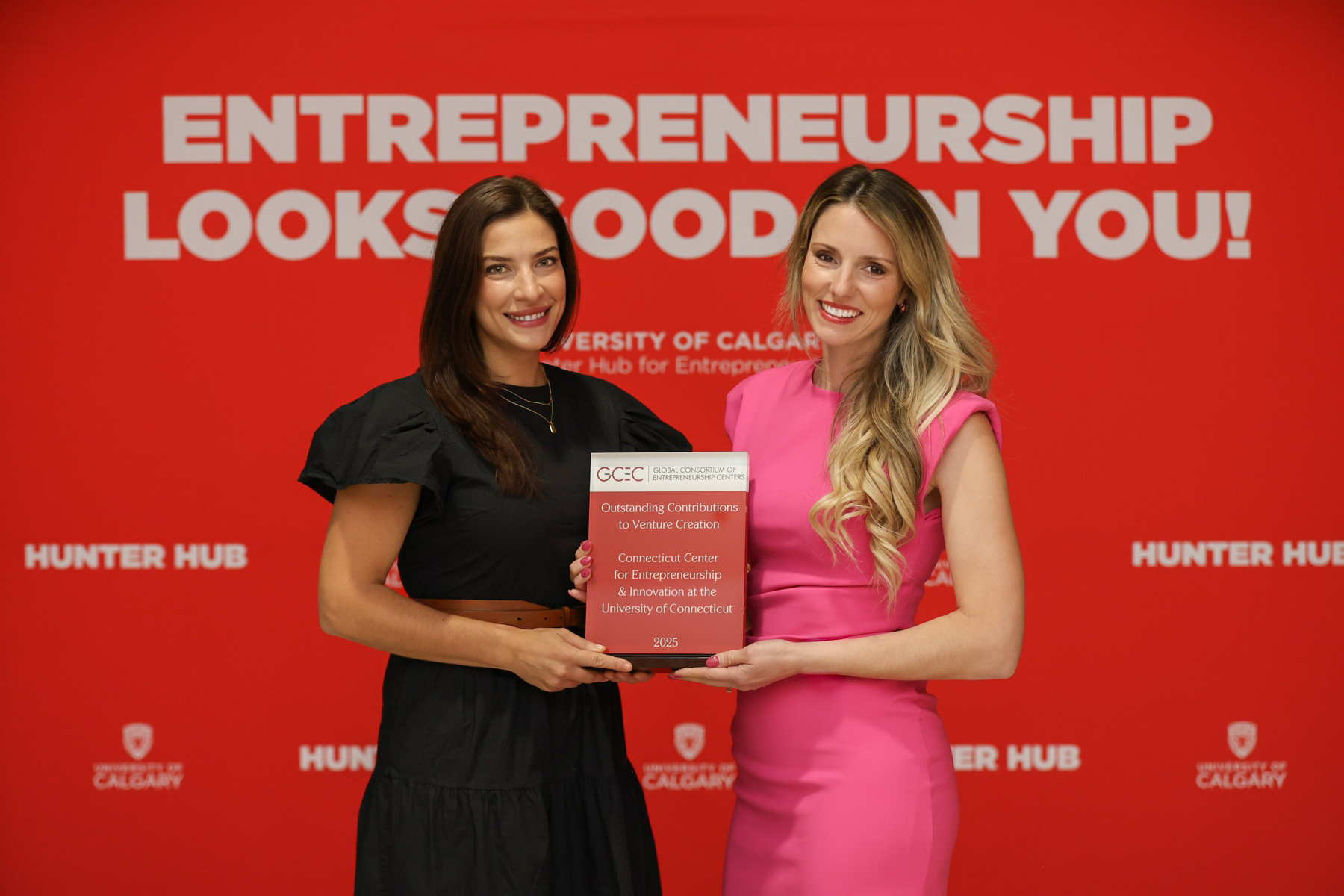The inaugural Residents of the Physical Medicine and Rehabilitation (PM&R) Residency at the University of Connecticut School of Medicine are pioneers of the new program that began in July.
While the program is the first in Connecticut, it is not a new specialty. Beginning in World War I and expanding during World War II, the U.S. military offered support for physiatry as a medical specialty. As injured soldiers returned home for treatment, physiatrists promoted a comprehensive approach to restoring a soldier’s capabilities. It was also used to treat pain and disability caused by Polio.
Physical medicine and rehabilitation (PM&R), also known as physiatry, aims to enhance and restore functional ability and quality of life to those with physical impairments or disabilities affecting the brain, spinal cord, nerves, bones, joints, ligaments, muscles, and tendons. Unlike other medical specialties that focus on a medical “cure,” the goals of the physiatrist are to maximize patients’ independence in activities of daily living and improve quality of life.
“Physiatrists are experts in designing comprehensive, patient-centered treatment plans for patients with disabilities or impairments to improve their function and quality of life,” says Dr. Joseph Walker, associate professor of Orthopedics at UConn Health.
The residency is a categorical multi-hospital dynamic program sponsored by UConn School of Medicine and partnering with Hartford HealthCare as the primary site, Gaylord Hospital as the secondary site, and UConn Health.
The first residents of the four-year program began their transitional internship year in internal medicine this past July at UConn Health and Hartford Hospital. The PM&R rotations will begin at Hartford Hospital Inpatient Rehabilitation and Gaylord Hospital in July 2023. The residents will also rotate through the Hospital for Special Care, Connecticut Children’s, and the Newington VA.
“Our goal is to give the residents exposure to the full continuum of care including inpatient rehabilitation, subacute rehabilitation, home care services, and community-based rehab services while encouraging cutting edge research opportunities while they train,” says Dr. Subramani Seetharama, program director, chief, Division of Physical Medicine & Rehabilitation, medical director, Hartford Healthcare Rehabilitation Network and the THOCC Spine Center.
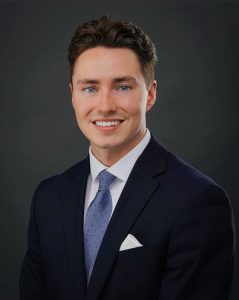
The Residents are excited to be pioneers in this new program. Dr. Gage Hurlburt from, Martinsburg, West Virginia wanted to complete his residency program in New England after graduating from West Virginia School of Osteopathic Medicine. He and his fiancé couple matched at the UConn School of Medicine.
“I was impressed with the amazing program Dr. Seetharama was able to formulate which provides exposure to many different areas of PM&R with a robust curriculum,” says Hurlburt. “I knew it was a great fit when I gained a feel for the program’s mission and goals and liked the community outreach component of the program.”
Coming to UConn School of Medicine was like coming home for Dr. Priscilla Mapelli who is originally from this area of CT and spent her undergraduate at the University of California, Los Angeles, and attended Touro College of Osteopathic Medicine in Harlem, NY for medical school.
“I am so impressed with the amount of collaboration and work that went into creating this residency,” says Mapelli. “The beauty of a new program is that it is still being molded and Dr. Seetharama is responsive and receptive to feedback.”
Neither Hurlburt nor Mapelli had heard of PM&R until medical school, but once they did, they both knew it was a field they wanted to explore.
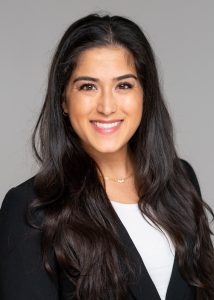
“Once, I learned about PM&R and the ability to combine my interests outside of medicine with my interests in medicine, I became intrigued with the discipline,” says Mapelli. “My spinal cord rotation in medical school solidified the decision.”
“I had a strong interest in anatomy and find neuroscience and neurology fascinating, combined with my passion for sports, this was the right fit,” says Hurlburt. “PM&R is like steering the ship and working with many specialists to get to a common goal, I thrive off the team approach.”
Some of the common diagnoses and populations seen by inpatient physiatrists include spinal cord injury, brain injury (traumatic and non-traumatic), stroke, multiple sclerosis, polio, burn care, and musculoskeletal and pediatric rehabilitation. Inpatient physiatrists are often trained using collaborative team skills and work with social workers and other allied health therapists (e.g., physical, occupational, and speech) to manage these issues.
Outpatient physiatrists manage nonsurgical conditions including orthopedic injuries, spine-related pain and dysfunction, occupational injuries and overuse syndromes, spasticity management, and chronic pain.
Hurlburt and Mapelli agree that the most intriguing part of PM&R is helping people thrive and optimize their functionality.
An important part of the residency is the community programs that Seetharama has created. The Residents will be volunteering at clinics in Hartford’s inner city serving the homeless and clinics serving the disabled community at New Horizons. Residents will also get opportunities to participate in global health programs.
“I’m excited to be part of this robust program, now that it’s finally here, it’s awesome and I can’t wait to see what the next four years bring,” says Hurlburt.
“This has been an amazing experience so far, very long hours and days and the workload is an adjustment, but I am learning so much,” says Mapelli.
